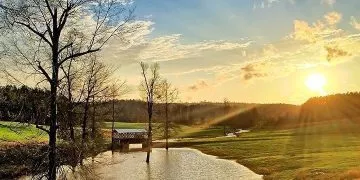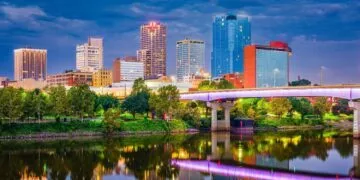Officially nicknamed the “Old Dominion” but also known as the “Mother of Presidents,” Virginia was the 10th state to join the United States of America on June 25, 1788.
It has a population of 8,535,519 people (as of 2019), making it the 12th most populous state.
Virginia is bordered by the states of West Virginia, Tennessee, North Carolina, Maryland, and Kentucky.
With a total of 42,774 square miles (110,786 square kilometers) of land and water, it is the 35th largest state.
The capital of Virginia is Richmond, which straddles the banks of the James River in the east of the state.
That’s enough fast facts about the Old Dominion for now; here, we’ll look at the more interesting facts!
Virginia has been inhabited for more than 11,000 years!
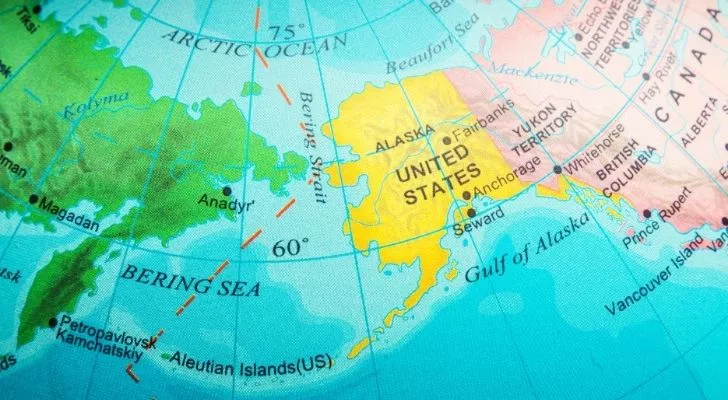
The most prominent theory on the first wave of human settlement in North America attributes it to a group of people we refer to as the Paleo-Indians.
These pre-historic explorers were little more than thousands of bands of hunter-gatherers who roamed the far east of modern-day Russia some 15,000 years ago.
At the end of the last great ice age, when sea levels were much lower, a land bridge connected what is now Russia and Alaska.
The Paleo-Indians crossed this bridge as they hunted further and further from home.
Over time they spread out across the Americas, and their descendants settled wherever they found ample hunting grounds and favorable conditions.
Some of the most conclusive evidence of human activity in the modern state of Virginia dates back to at least 11,200 years ago in the form of stone tools such as spear tips and knives.
When Europeans first arrived in Virginia, there were three main groups of tribes living there already.

Over time the descendants of the Paleo-Indians in the region now known as Virginia developed into increasingly complex societies with their own unique languages and cultural views.
By the time Europeans arrived, the tribes that lived there generally fit into three different language groups: the Algonquian, the Iroquoian, and the Siouan.
The Siouan tribes lived primarily to the west, including the Manahoac and Monaghan people.
Inland, towards both the north and the south, lived many Iroquoian tribes, including the Meherrin and the Nottoway.
Along the coastline were the Algonquian people, including more than 30 tribes who were united under Chief Powhatan.
These Algonquian tribes all spoke a dialect known as Virginia Algonquian, which is also known as Powhatan.
The first Europeans to set foot in Virginia were Spanish.
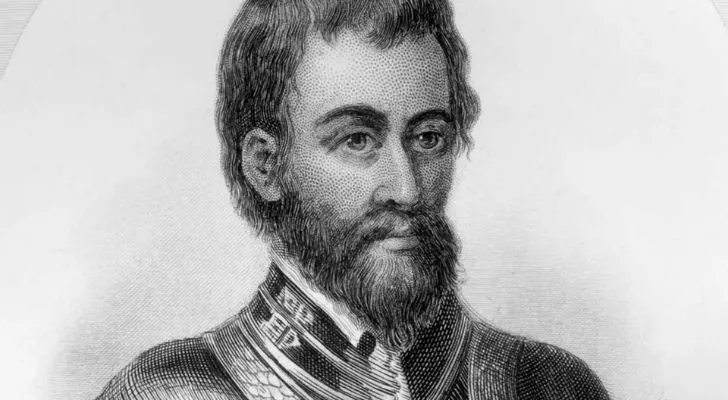
When North America was discovered in the 15th century, many major European powers rushed to stake out their claim of the New World.
The first recorded case of Europeans reaching what is now Virginia goes back to 1540, when a party of Spanish explorers crossed into the westernmost point of the region.
Sent by the famed explorer and conquistador Hernando de Soto, the party passed through while following rumors of gold in the region.
Spain sent a number of expeditions into modern-day Virginia within the following few decades.
One such departed from Fort San Juan in 1567 in the north of what is now North Carolina to destroy a Native American village close to present-day Saltville.
Earlier, in 1566, an attempt to establish a colony in Chesapeake Bay led by a couple of Dominican friars resulted in little else but failure.
England’s first North American colony was in Virginia.

That excludes any prior failed attempts, such as the infamous Roanoke Colony.
At the beginning of the 1600s, England was quite broke and was in no position to fund any attempts to colonize the New World. As such, the Virginia Company was granted the right to do so in 1606.
The Virginia Company acted with haste, and in December of that same year, three ships with 104 colonists on board departed for the New World.
On April 26, 1607, they landed at what is now known as Cape Henry, where they erected a cross and surveyed the area for a suitable location for their new settlement.
After a few weeks of exploration, they decided on a suitable location and founded Jamestown on May 14, 1607, naming it after their ruler, King James I.
Jamestown’s location was chosen mostly for its highly defensible position against Spanish ships and was actually less than suitable for general living.
The first Africans in Virginia weren’t actually slaves.

Life was hard in the early days of the colony, so the poorer folk generally decided to try their luck in the New World.
Unable to afford passage, they became indentured servants, paying off their transport by working for a fixed period in the colony.
While this seems like a fair system from the outside, it was commonly abused, and the indentured servants were essentially treated like slaves.
In 1619 the first African workers also came to the Virginia Colony as indentured servants, but this trend did not last long.
Many early African workers were soon enslaved for various unjust reasons, and the colony soon embraced the notion of slavery with the first slavery laws enacted in 1661.
George Washington, one of the US Founding Fathers, was born in the Virginia Colony.
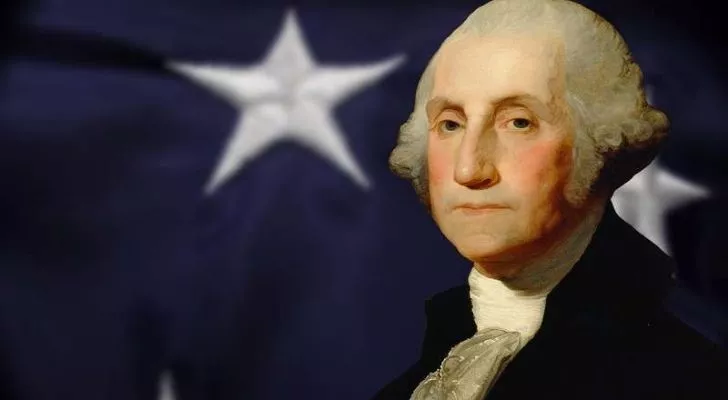
George Washington was born on February 22, 1732, in Pope’s Creek, in the Virginia Colony.
Like many others from the British colonies, Washington fought during the French and Indian War in 1754, where he showed great skill in commanding his men.
He became highly involved with the opposition against Britain in the run-up to the American Revolution and gained much respect in the process.
George Washington was elected commander and Chief of the Patriot forces when war broke out.
Resigning from his position at the end of the war, he soon became one of the driving forces behind the establishment of the Constitution.
On April 30, 1789, George Washington was inaugurated as the first President of the United States in New York City.
Virginia was a key member of the Confederate States of America.
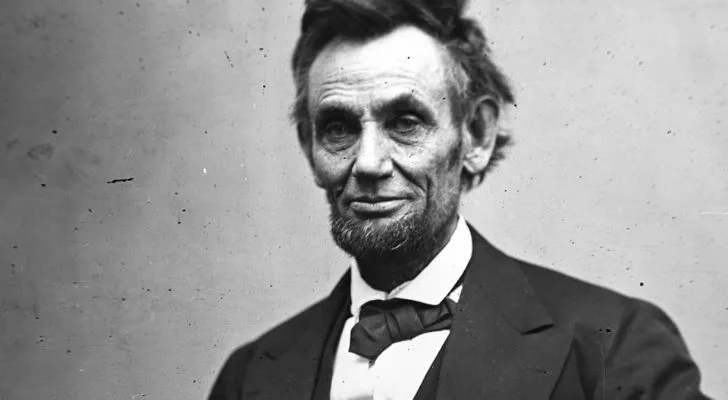
From its earliest days as a colony, the state of Virginia was well and truly a slave state, so much so that the state’s economy relied heavily on slavery.
When Abraham Lincoln was elected President in 1861 with the promise of the abolition of Slavery, Virginia had no choice but to secede from the Union and join the Confederate States of America.
Not all of Virginia was against abolition, or at least didn’t want to secede.
The state’s west was largely against seceding and was soon after accepted into the Union as the state of West Virginia.
By 1861 Virginia’s capital, Richmond, had developed into a large-scale industrial city and was the only one of its size in the Confederacy.
As such, the Confederate capital was soon moved from Montgomery, Alabama, to Richmond.
Virginia was at the heart of many major battles during the American Civil War, as the Confederacy knew they needed to hold Richmond to win.
Virginia was named after Queen Elizabeth I.

When the colony of Virginia was first founded, it was much larger than the modern state, reaching from Maine down to South Carolina.
In the late 16th century, Sir Walter Raleigh funded the first expeditions to the region, who encountered a king of sorts named Wingina.
It’s believed that the name Virginia was either suggested by Raleigh or even Queen Elizabeth herself as an adaptation of King Wingina’s name and a nod to Elizabeth’s nickname, the Virgin Queen.
While most people today know the state simply as Virginia, its full official name is the Commonwealth of Virginia.
More US presidents were born in Virginia than in any other state.
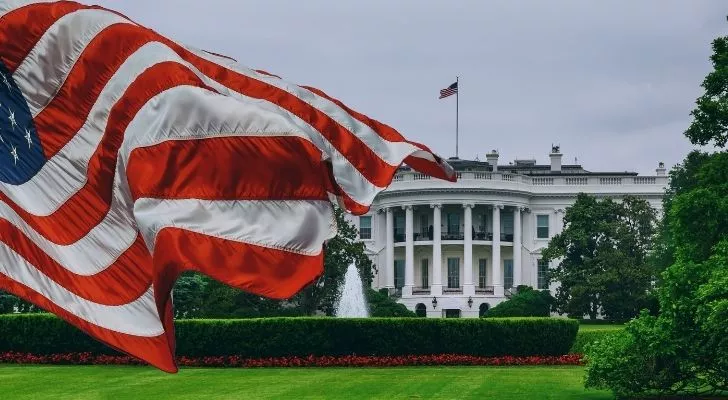
There’s a good reason that Virginia is frequently referred to as the Mother of Presidents.
While some other states, such as Ohio, claim the title, Virginia has the greatest claim.
There are two reasons, really. The first is that eight US presidents have been born on Virginian soil, more so than in any other state.
The second is much more compelling, as four of the first five US presidents were born in Virginia.
These were George Washington, Thomas Jefferson, James Madison, and James Monroe.
The breed of Virginia’s official state dog was likely created by George Washington himself.

The American Foxhound, Virginia’s official state dog, is recognized by many, including the American Kennel Club, to have been initially bred by the first President of the United States of America.
Washington was an avid hunter and particularly enjoyed fox hunting. He already had a number of English Foxhounds but found them a little too slow.
So he told his close friend, the Marquis de Lafayette, about the problem, who sent Washington a pack of French hound dogs, which Washington then bred with his English foxhounds.
It’s believed that these were the very first American Foxhounds, which became the official state dog of Virginia in 1966.
Virginia is home to the largest naval base in the world.
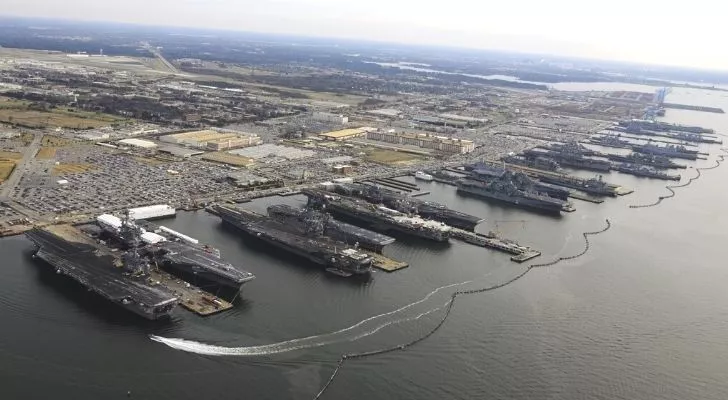
Located on the outskirts of Norfolk, the Naval Station Norfolk is truly a sight to be seen. It is, without a doubt, absolutely massive.
Constructed in 1917, the naval base currently takes up 4 miles (6.4 km) of prime-location waterfront.
The base itself has fourteen piers which regularly hold 75 ships, and even has its own airfield, Chambers Field, which can accommodate 134 aircraft in 11 hangars.
Over the course of a year, Naval Station Norfolk sees ships come and go as many as 3,100 times.
Virginia is also home to the Pentagon, one of the largest office buildings in the world.

The Pentagon is so much more than just an office building; it’s also home to the United States Department of Defense.
Constructed in 1943 in Arlington, Virginia, the Pentagon’s size is difficult to truly comprehend.
With its 6.5 million square feet (603,870 square meters) of office space, 17.5 miles (28 km) of corridors, and more than 7,000 windows, it’s truly an architectural marvel.
Despite its immense size, the longest time it would take to walk from one point to another in the entire building is just seven minutes!
The first-ever Thanksgiving was actually in Virginia, not Massachusetts!

This is, of course, something that most people from Massachusetts will argue against until the day they die.
The first Thanksgiving occurred a year and 17 days before the Pilgrims set foot in North America.
On December 4, 1619, the Margaret landed on the north bank of the James River in Chesapeake Bay. After disembarking, their first act was one of prayer.
There was no real feast, as the settlers would have had little other than the ship’s rations and whatever food they could forage for.
On the directions of the Berkeley Company, who funded the settlement, the day the settlers landed on North American soil should “be yearly and perpetually kept holy as a day of Thanksgiving to Almighty God.”
The settlers thanked God for two years before their settlement was abandoned, and the history of the first Thanksgiving was forgotten for a long time.
The first US bank run by an African American woman was founded in Richmond, Virginia.

Life for African Americans at the end of the 19th century was still incredibly difficult, despite the very recent abolition of slavery.
Life for Maggie Lena Walker, the daughter of a slave herself, was no different.
Born in 1864 in the middle of the US civil war, Walker grew up in a very angry, sorely defeated Virginia.
Walker made it a point in her life to help her community, and it was with this in mind that she opened the St. Luke Penny Savings bank.
The driving force behind Walker’s opening of a bank was that most banks (which were white-owned) discriminated openly against African Americans, so she set about starting her own.
In doing so, she became the first African American woman to charter a bank in the US!
John Smith and Pocahontas were real people that lived in Virginia.
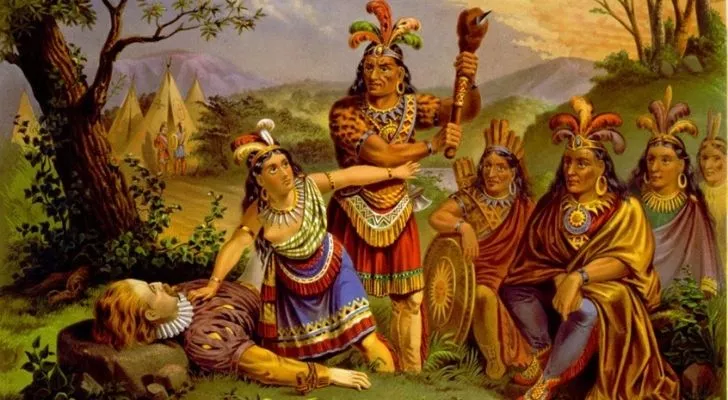
That said, the story popularized by Disney couldn’t be further from the real events.
John Smith was an English Captain and was one of the early settlers in Jamestown. Smith actually wrote of his encounters with Pocahontas, from which most of the legends and stories we are told today stem from.
Pocahontas, though, was actually called Amonute.
The name we know her by was simply a nickname, meaning “ill-behaved child,” which is quite fitting as Pocahontas was likely to have been just 11 or 12 years old when Smith met her.
Disney portrays Pocahontas as spurning her people and falling in love with Smith, but it’s been found that this was likely based on Smith’s fictitious telling of the events.
Pocahontas, in real life, acted more as a translator between her tribe and the English as well as an ambassador or intermediary.
If you want to get a true sense of what the English first saw when they “discovered” North America, there’s no better place to go than Virginia.
Filled with old-world charm, quirky place names, and lush forests, it’s quite a beautiful place to be.
Sure, Virginia had its dark days throughout history, but it’s truly a wonderful place today!




